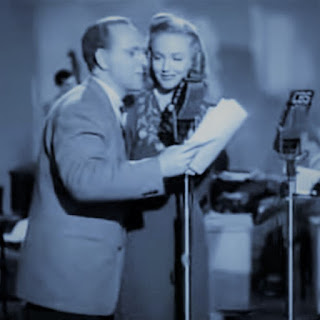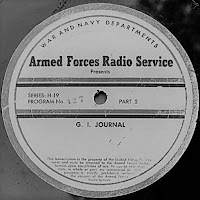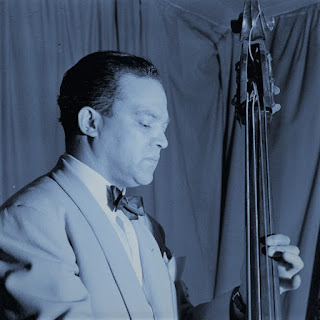Johnnie Davis is more remembered for his work in Hollywood. He appeared in over a dozen films including "The Varsity Show", "Hollywood Hotel" and "Cowboy From Brooklyn". His success as an actor was a direct result of the attention he received while in the music industry.
Davis was a singer, trumpeter and led a band of his own for a brief time. While still in high school, Davis worked as a musician in the bands of Paul Johnson and Leo Baxter. It was also at this time that Davis Discovered and developed his skills as a scat singer. Hence the nickname, Johnnie "Scat" Davis. In the mid 1930's, he worked with Fred Waring as a musician and vocalist, and his success during this time led him to Hollywood.
In 1937, he appeared in the movie "Hollywood Hotel", where he introduced the Johnny Mercer song "Hooray for Hollywood". His lively rendition became extremely popular and became closely associated with the film industry. Note that on the 78's below, he is credited as "Johnny". I've found that he was listed as both "Johnnie" and "Johnny" throughout his career.
Listen to: "Hip Hip Hooray" (1942) by Johnny "Scat" Davis And His Orchestra
from my 78rpm Collection.
from my 78rpm Collection.
On the other side of this fine piece of shellac is his version of "White Christmas". There's nothing like listening to a good Christmas Song when the weather is warm outside.
Listen to: "White Christmas" (1942) by Johnny "Scat" Davis And His Orchestra
from my 78rpm Collection.
Remember, I have a boatload of 78 recordings that I've posted on the Swing City Radio YouTube channel. Check it out.












